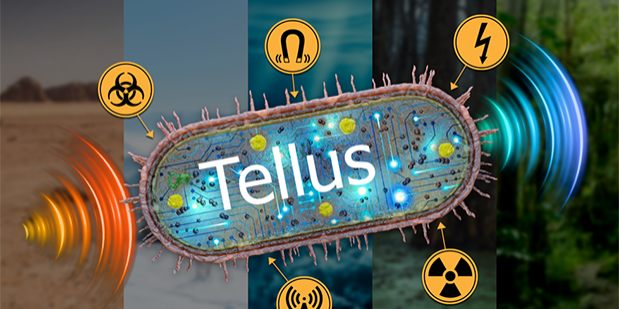Current environmental monitoring approaches can rely on both distributed sensor networks – on the ground or in the water – and remote sensing platforms, like satellites, to collect information important for the protection of people and property. The U.S. Department of Defense (DOD) is interested in developing new, complementary sensors to monitor the environment with high spatial resolution, and reduced power and logistical burden, to further enhance monitoring capabilities and significantly reduce potential risk to personnel. Recent research has demonstrated that microbes, such as bacteria, fungi, or microalgae, offer promise for detecting different types of input signals, including both chemical (e.g., toxic or radioactive materials, heavy metal pollutants) and physical phenomena (e.g., light, electric current, magnetic fields). Microbes can also generate both chemical and physical output signals in response to sensing these inputs. The ability to detect and convert signals, be self-powering, and environmental resilience are microbial features that may complement other sensing approaches.


